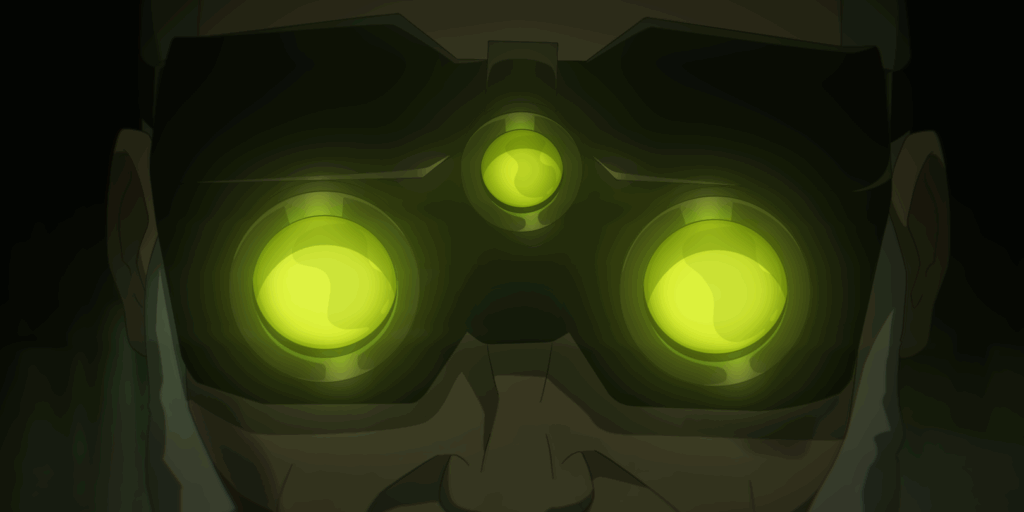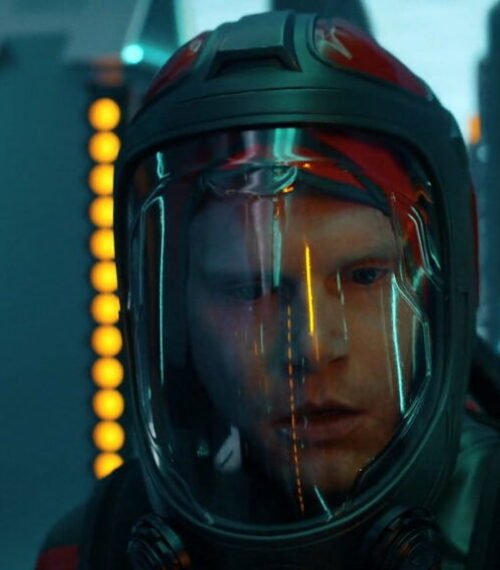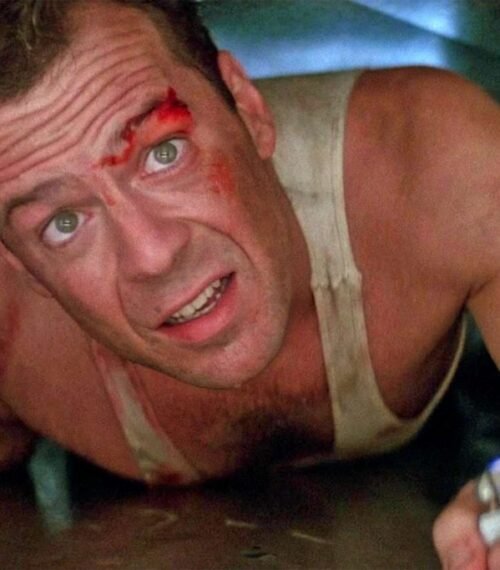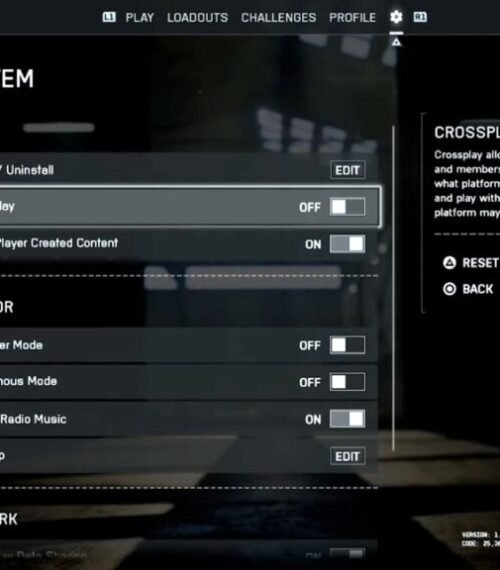The Tom Clancy legacy of paperback espionage thrillers made him a household name throughout the 1980s and 1990s. However, his brand became solidified with the release of the Rainbow Six video game series. In the years that followed, Splinter Cell became one of his most popular franchises, based around Sam Fisher, an NSA spy in a secret organization. His popularity throughout the 2000s and early 2010s made Fisher an instant icon, even if he bore some resemblance to Metal Gear Solid‘s titular character.
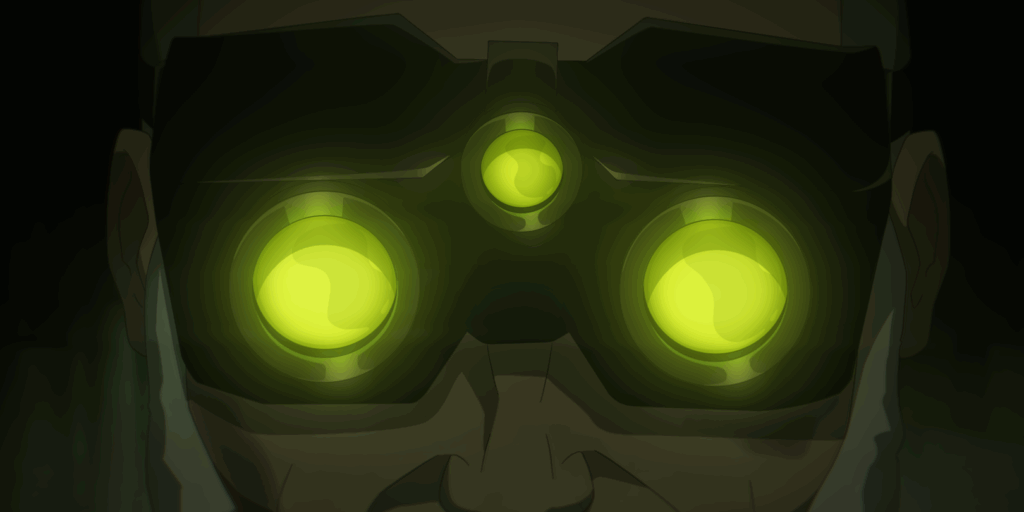
Despite the acclaim, Ubisoft has not produced a Splinter Cell video game in over a decade, with several projects stopping and starting over time. However, Netflix’s new animated series, Splinter Cell: Deathwatch, is a very fun return to the Fisher-based franchise. The eight-episode series is not only an excellent reintroduction for the character, but a rather good spy show on its own.
Splinter Cell: Deathwatch Plot
Living alone in Poland, Sam Fisher (Liev Schreiber) is no longer involved with the Fourth Echelon NSA program. However, when Zinnia McKenna (Kirby Howell-Baptiste) has her mission go sideways, she lands on Fisher’s doorstep. As he’s drawn back into the Fourth Echelon by Anna Grímsdóttir (Janet Varney), Fisher discovers the mission McKenna has been working on reminds him of skeletons from his past.
The spycraft delivers from episode 1.
It can be difficult for a thriller to land the espionage elements of a spy show. After all, we’ve had many of the very best writers and storytellers work in the genre, and you now have to measure up to le Carré and Mick Herron at every turn. Yet Splinter Cell: Deathwatch succeeds on this front, spinning a twisting tale that shifts the story in drastic ways. Most importantly, it’s willing to deal with the consequences characters make in their pursuit of the mission.
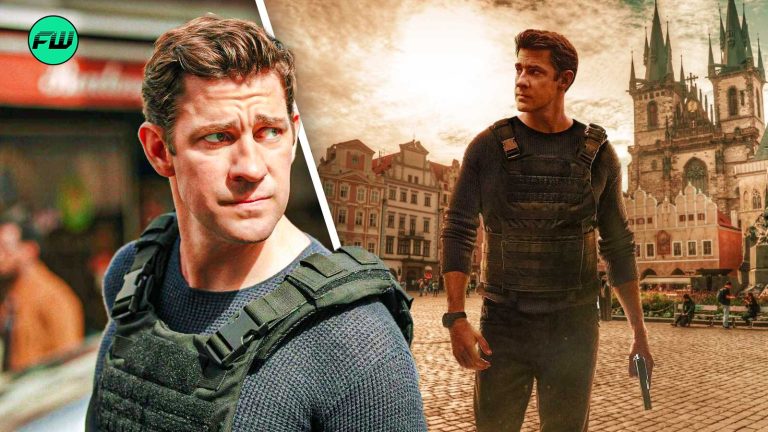
“I’ll be totally fine with that”: John Krasinski is Ready to Live With 1 Role for His Entire Life Despite Jack Ryan Fame
Both Fisher and McKenna bring their baggage into the missions, even when their objectives are straightforward. Wisely, the writers use this to affect their decisions at every turn. Sometimes they jump out a window, sometimes they plead for peace, and sometimes they pull the trigger first. They leap into danger, break the rules, and often disobey direct orders.
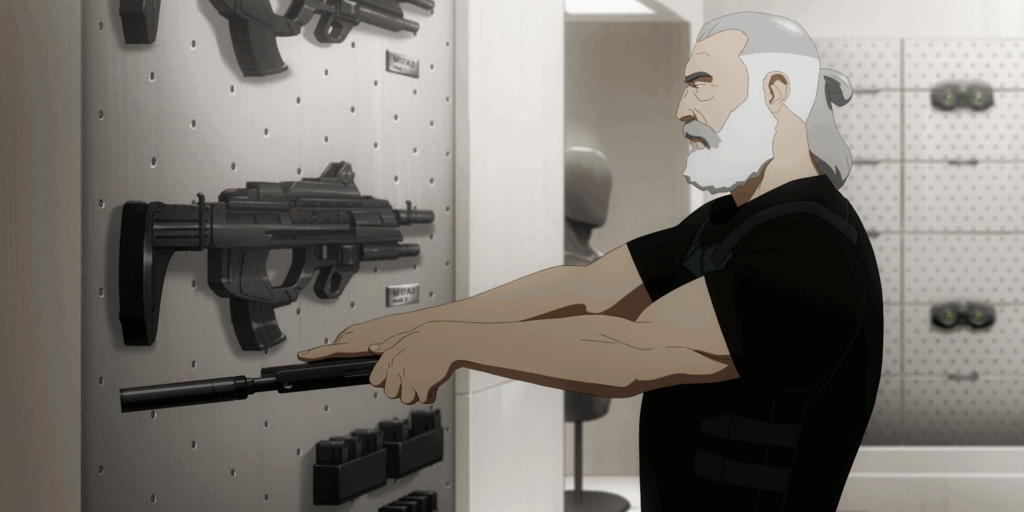
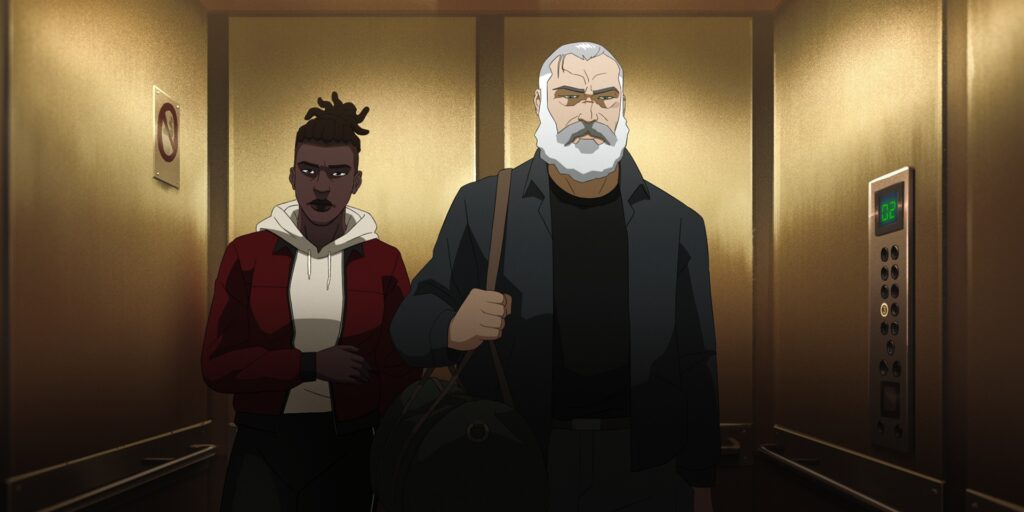


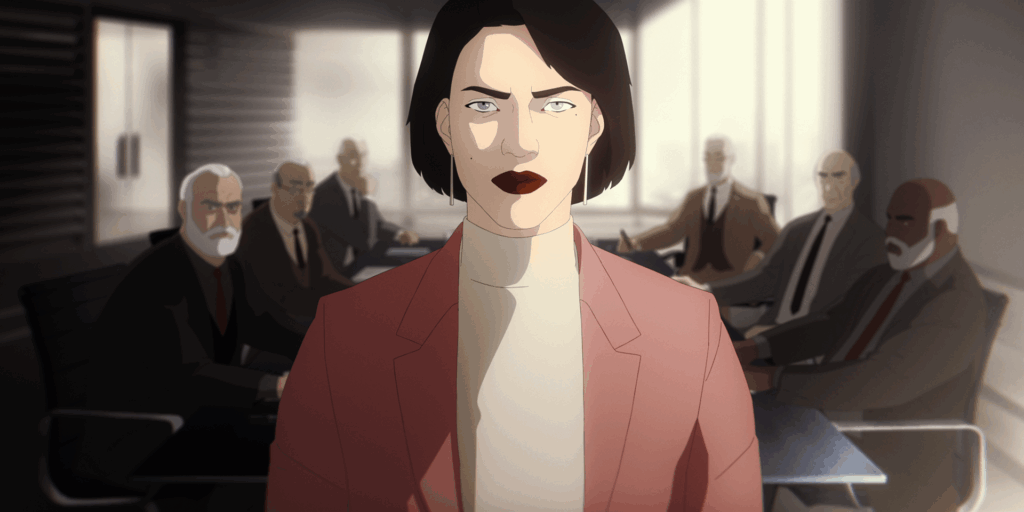
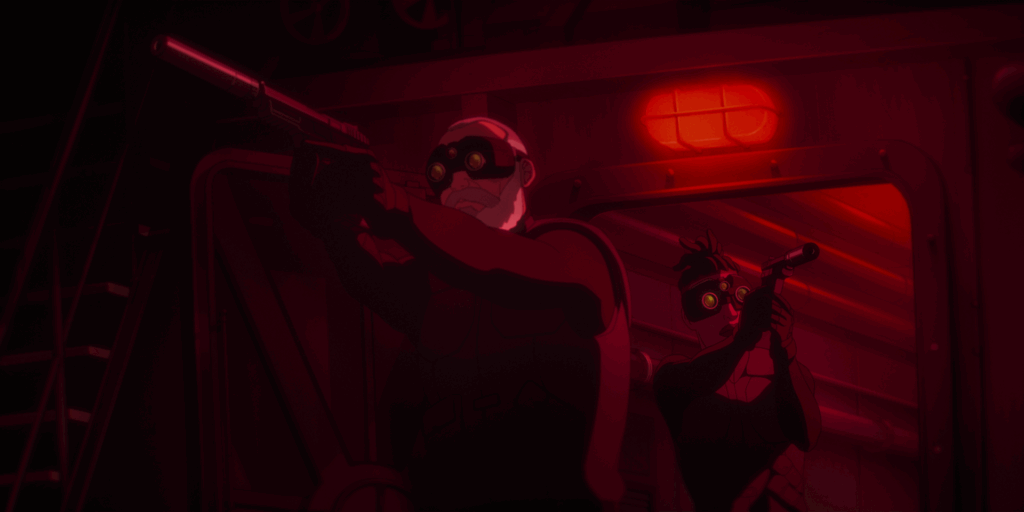
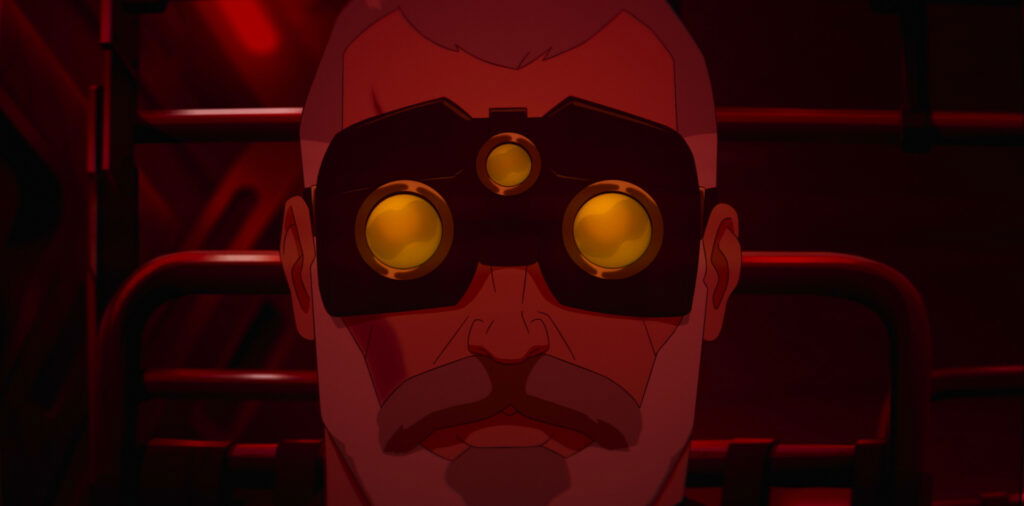

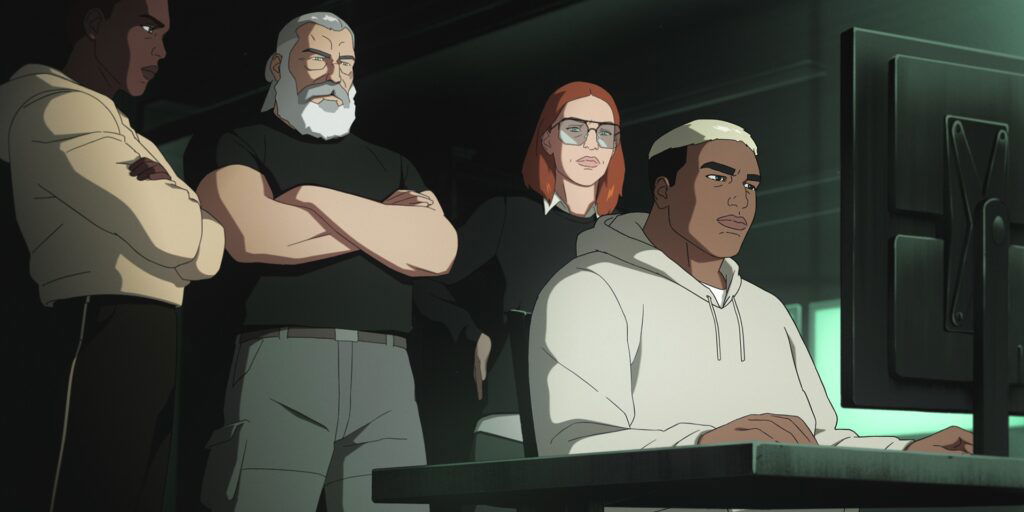
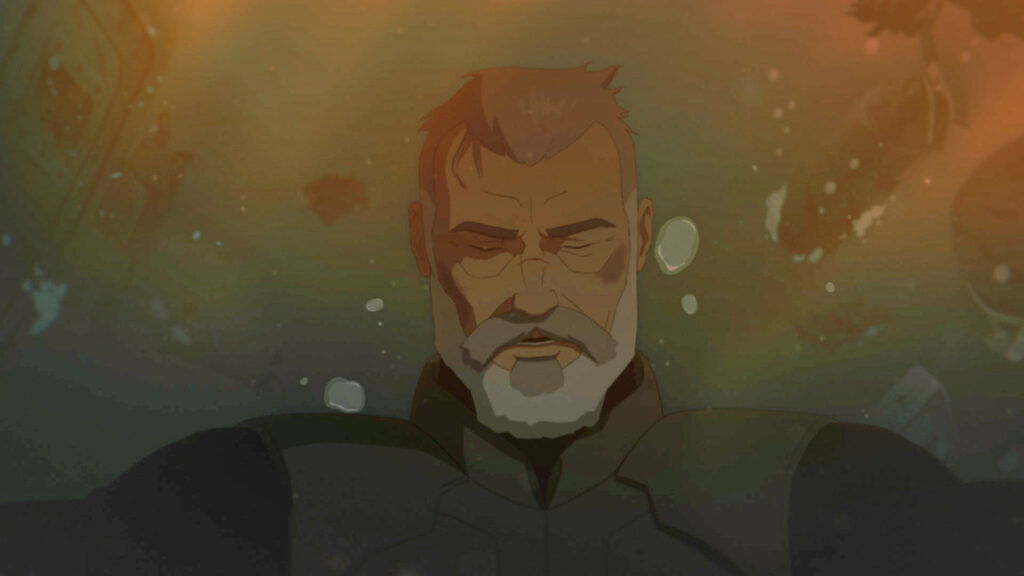
At the same time, they use their elite skills to misdirect and achieve their goals. Small objectives are achieved by cloning phones. They avoid detection by popping open windows or hiding in closets. In many ways, Splinter Cell: Deathwatch lives up to its video game legacy, but it also proves effective at making sure we feel every moment of the espionage matters, even if it puts the action over subversion. Characters might feel like they’re ahead of the world, but in every case, that’s only a temporary win.
The superb action allows for animated showcases.
Of course, a spy series in 2025 needs to have some cool action to meet the genre’s standards. Splinter Cell: Deathwatch has awesome visuals in this regard, allowing us to feel the effort and danger facing Fisher and McKenna in every scene. Early in the series, McKenna takes a wound that weakens her for the remaining episodes, and wisely, that is exploited in nearly every episode. Additionally, even though we know that Fisher is a seasoned veteran, his seasoned status is highlighted by the show.
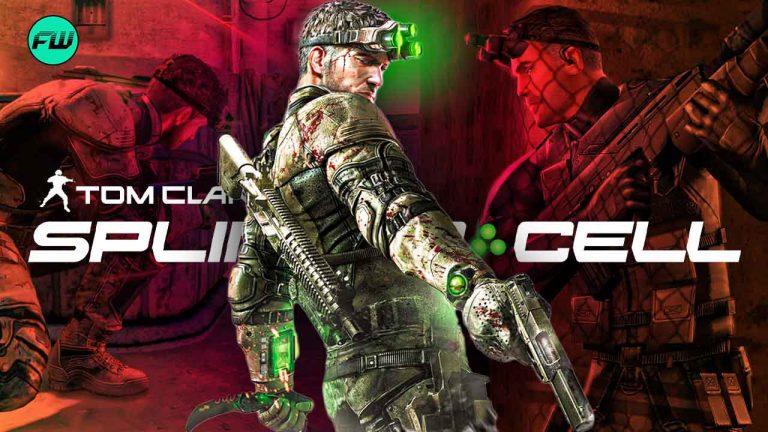
“Never let the player kill anyone…”: Tom Clancy’s Bizarre Single Location-Based Rule Was All He Offered as Help to the OG Splinter Cell Development
This forces both characters to exert real effort as they try to fight their way through the series. It certainly comes from the John Wick school of thought in that regard, as the wounds pile up from episode to episode. That does not stop the characters from performing nearly superhero feats, with Fisher throwing himself and a killer out a window to accomplish a mission. This allows the animators to not only highlight the physicality of Splinter Cell‘s characters but also show off aspects uncommon in the medium.
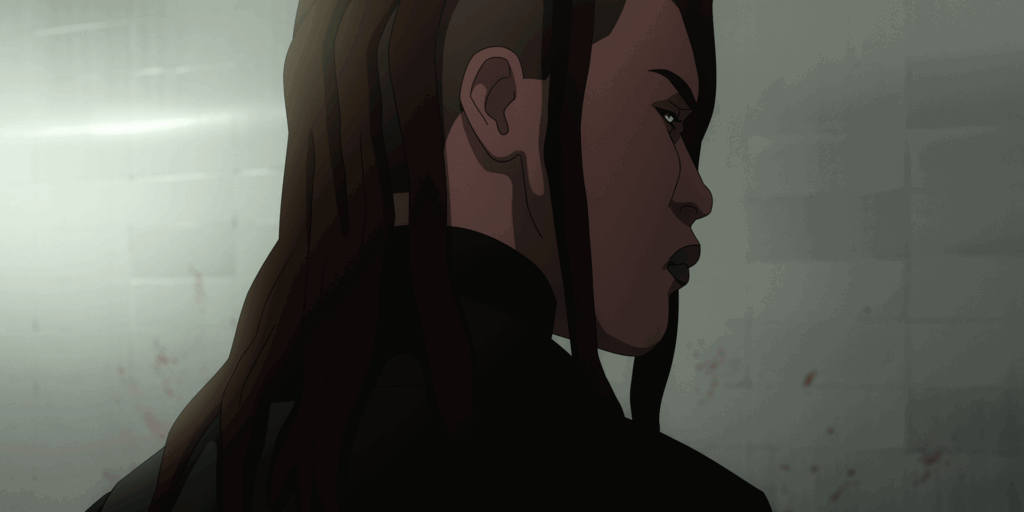
Splinter Cell: Deathwatch also features occasionally absurd levels of blood and violence. Characters are tortured and dismembered. There’s a terrorist attack unlike any I’ve seen in an animated series outside of Invincible, with the stakes every bit as high.
Is Splinter Cell: Deathwatch worth watching?
Yes, the animated adaptation of Splinter Cell is a great story within the franchise. Splinter Cell Deathwatch opens the door for a new era of storytelling with Fisher, whether that comes from movies, TV, or video games. The character is not only well drawn as an action hero but also embraces the “grizzled vet” tropes popularized by John Wick or Ethan Hunt. However, it’s his moral compass and ideologies that make Fisher a compelling figure.

“He thought I was too old”: Harrison Ford Reveals He Was Hated by Legendary Author for His $178M Thriller After Replacing Alec Baldwin in Lead Role
With the showcase action and the personal-stakes-based storytelling, this series has a lot going for it. While Season 2 is unlikely to deliver the same emotional pull as this one, Splinter Cell: Deathwatch has the crucial pieces in place to become a long-running hit for Netflix. Stellar animation and good storytelling allow this to find a perfect niche in the animated landscape.
Splinter Cell: Deathwatch was released on October 14, 2025. Netflix distributes. All eight episodes were provided for this review.

